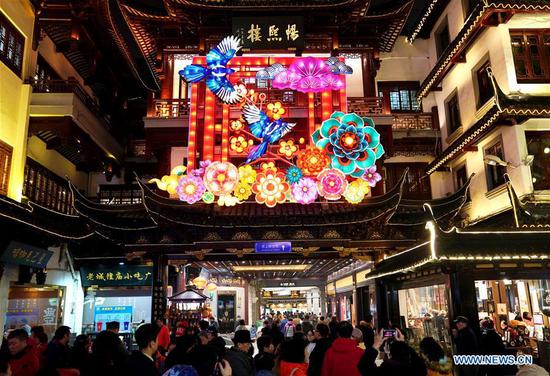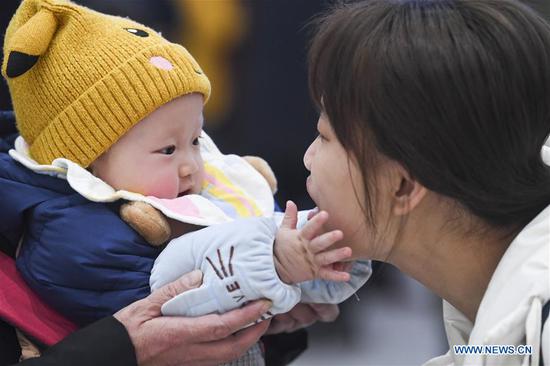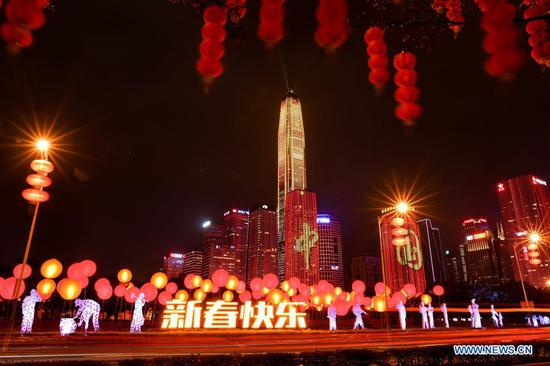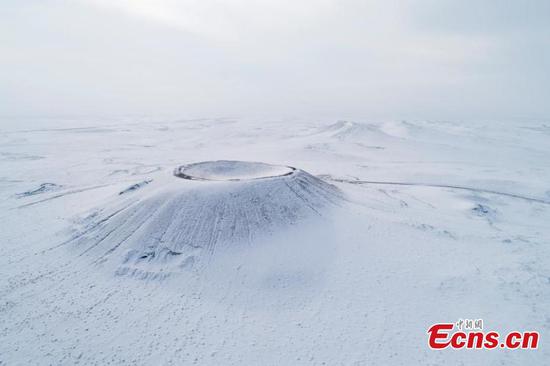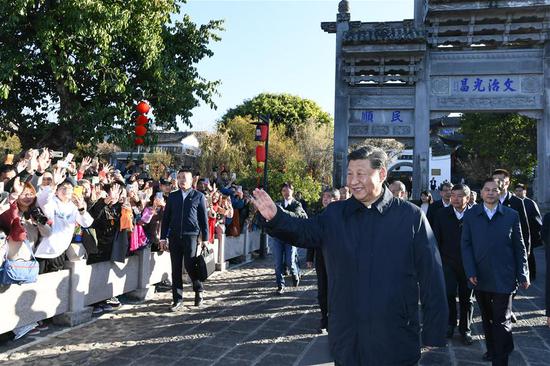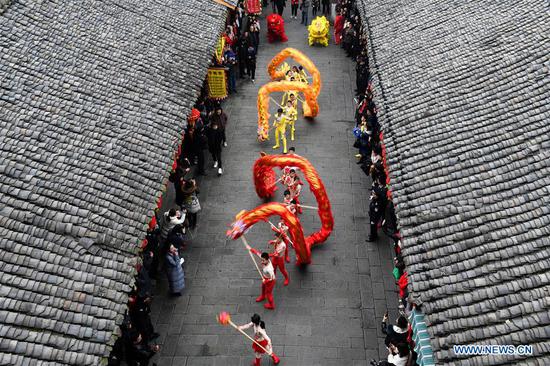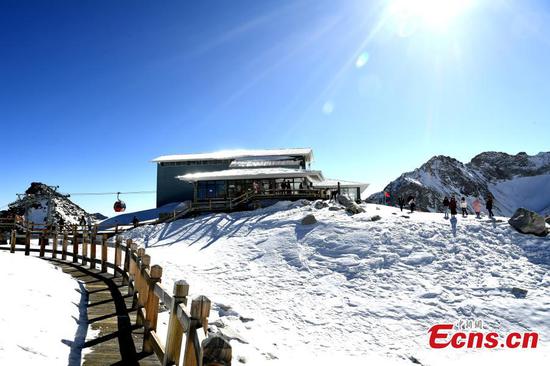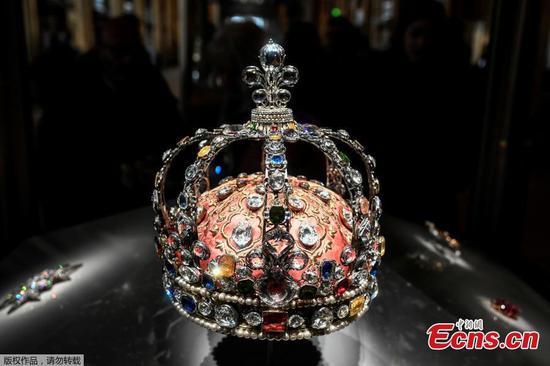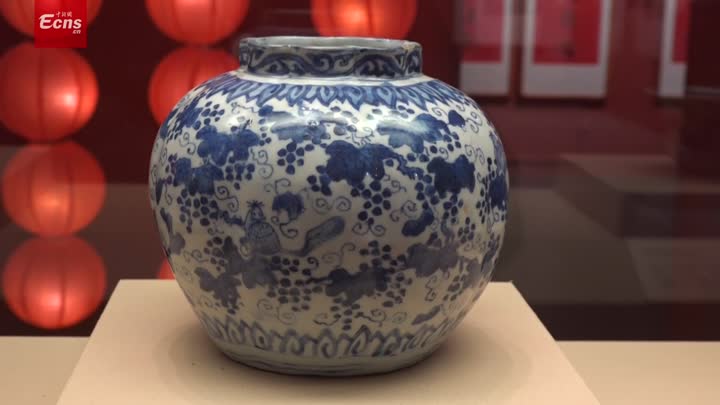Chinese monetary authorities have left interest rates unchanged, despite market calls, to maintain stable lending prices before the Lunar New Year holiday and ensure ample liquidity in the interbank system.
The one-year loan prime rate, or LPR, was reported at 4.15 percent on Monday, unchanged since November. The five-year LPR, which suggests the price of mortgage loans, also remained unchanged at 4.8 percent, the People's Bank of China, the central bank, said in a statement.
Many analysts speculated that the PBOC would reduce the new benchmark lending rate in January, a measure to lower financing costs of companies and support economic growth after GDP growth rate moderated to 6 percent in the fourth quarter last year.
But it doesn't rule out rate cuts in the near term, said experts. The LPR is updated on the 20th of each month. This new regime allows the central bank to change monetary policy more frequently, and to respond quickly to counter economic downside risks if necessary.
One reason the PBOC did not cut rates this month could be because of the commercial banks. Banks would like to keep a relatively stable interest income amid growth downside pressure, to offset losses from bad loans, said Zhong Linnan, an analyst with Yuekai Securities. "There is still the invisible lower limit of lending rates agreed by commercial banks."
It is more like a trade-off between the banking sector and the nonbank companies, especially for the smaller ones. And the PBOC has to make a decision either to sacrifice banks' profits, or reduce the loan prices for borrowers, said analysts.
Also, the unchanged interest rate level is conducive to maintaining a stable yuan exchange rate and preventing a rapid rise in the debt level, which is indicated by the leverage ratio, according to Zhang Xu, an economist with Everbright Securities.
To encourage banks to issue cheaper loans, the central bank may have to reduce the rate of medium-term lending facility (MLF), the instrument through which the PBOC lends money to commercial banks, after the Lunar New Year holiday, said Ming Ming, an economist at CITIC Securities.
Before that, the PBOC may focus on maintaining ample liquidity in the interbank system, through open market operations, such as reverse repurchase agreements, to inject additional funds, he said.
As China's interest rate system becomes more complicated, due to the so-called "liberalization reform", Sun Guofeng, head of the monetary policy department of the PBOC, clarified on Thursday what "cutting interest rates "means in the reformed system.
"Unlike the straight cuts of benchmark deposit and lending interest rates before, we should pay more attention to the changes of the real interest rate," according to Sun. For lenders, the benchmark has been shifted to the one-year LPR, and its level is generally determined by the market.
The one-year deposit rate, which was set by the State Council, will continue to play the role of the benchmark in the long term, but it can be adjusted according to economic growth and price level, Sun added. China's one-year deposit rate is 1.5 percent, unchanged since October 2015.
Since August, the LPR has only been cut by 0.16 percentage point, which indicates the Chinese monetary authorities do not want to stimulate economic growth by aggressive monetary easing.
According to the PBOC, the average interest rate of new loans issued in December was 5.74 percent, the lowest level since the second quarter in 2017, and it was down by 0.55 percentage point from the peak in 2018.










